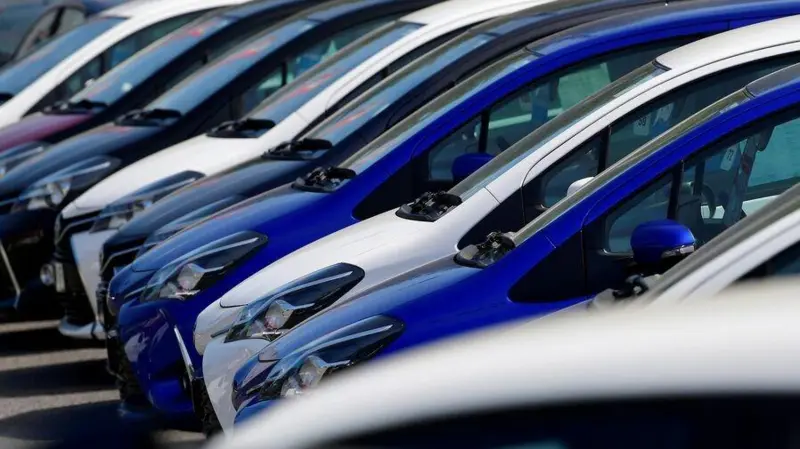A New Era for Car Manufacturers
For decades, Japan’s Toyota, Honda, and Suzuki have dominated Pakistan’s auto market. However, due to economic challenges, the recent years saw a slowdown in vehicle sales, with only about 100,000 units sold annually between 2022 and 2024, according to Pakistan Auto Manufacturers Association (PAMA). Today, a shift is underway as both production and sales of vehicles are seeing renewed growth, breathing new life into Pakistan’s auto sector.
The Rise of SUVs in Pakistan
SUVs have rapidly gained popularity across Pakistan, with Japanese, Korean, and Chinese brands all vying for market share. The sector’s growth is evident, especially in the number of SUVs sold, which has seen a 30% increase from September to October this year, and an 86% increase compared to last year. Brands have adapted to this trend, expanding their SUV lineups to meet rising consumer demand.
The Big Four: New Competition for Established Brands
Previously known as the “Big Three,” Suzuki, Toyota, and Honda led Pakistan’s auto market for years. However, a fourth competitor, Haval, has emerged with its local assembler Sazgar, becoming a strong player in the SUV segment. This Chinese brand sold over a thousand units in October alone, establishing itself as a favorite among Pakistani buyers and challenging the dominance of Japanese brands.
Why Are Car Sales on the Rise?
According to auto industry experts, the recent rise in sales can be attributed to economic stabilization, lower inflation rates, and a decrease in the central bank’s interest rate, which has fallen from 22% to 15%. Reduced interest rates have made car loans more accessible, and companies are now offering promotional deals with reduced markups, making it easier for consumers to purchase vehicles.
Furthermore, data from Sherman Securities shows that companies collectively saw a 30% increase in car sales from September to October. For instance, Toyota experienced a 7% increase, while Honda recorded a 19% jump in sales. Suzuki saw the most significant growth with a 46% increase, led by models like Alto and the newly launched Suzuki Every.
The Popularity of Chinese Brands and SUV Demand
Haval’s success indicates a growing demand for affordable, quality vehicles from China, with Pakistani consumers recognizing their value. Sazgar’s executive director, Mian Ali, mentioned that buyers are now aware of the cost-effectiveness and reliability of Chinese SUVs. This shift hints at a future where Chinese brands may play an even larger role in the Pakistani auto market.
Challenges Ahead for Pakistan’s Auto Sector
Despite the recent growth, challenges remain. Economic stability and continued reduction in interest rates are essential to maintain momentum. Additionally, there is a need for affordable car options for the general population. Auto expert Mashhood Khan emphasizes the importance of catering to the middle and lower-income segments to ensure sustainable long-term growth in the industry.
Looking Forward: Can Chinese Brands Sustain Their Momentum?
As the demand for SUVs continues, it’s clear that more players will enter the Pakistani market. While Japanese brands continue to hold a strong position, the presence of Chinese brands like Haval suggests a shift toward broader options and competitive pricing. This trend could lead to a more diverse market that caters to different economic classes, particularly as companies explore ways to provide affordable car options for a wider audience.





No comments:
Post a Comment